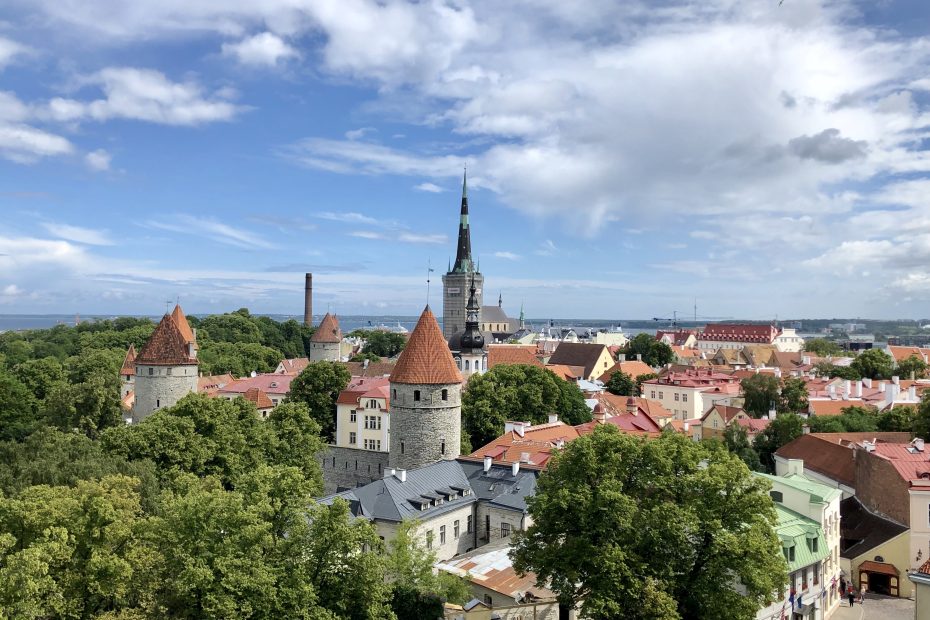Table of Contents
Introduction
Estonia is a small Northern European country located on the eastern shores of the Baltic Sea. With a population of just over 1 million people, Estonia has a unique cultural heritage that has been shaped by its eventful history and diverse influences. From medieval castles and historic cities to captivating folklore and traditions, Estonia offers visitors a glimpse into its rich past. Join us as we unravel Estonia’s multifaceted cultural legacy on a journey through its history and customs.
Estonia’s Cultural Influences
Over the centuries, Estonia has been under the rule of various foreign powers including Germany, Denmark, Sweden, and Russia. This has led to an amalgamation of different cultural impacts on Estonian society. However, the Estonian culture also retains its ancient Baltic and Finno-Ugric roots that date back thousands of years. Despite the various external influences, Estonians have preserved their distinct cultural identity and traditions.
Traditions and Customs
Estonian culture is steeped in unique traditions that provide insight into the heritage of its people. Estonian cuisine includes staples such as black bread, pork, potatoes, and dairy products like sour cream. Traditional clothing and vibrant textile patterns represent the country’s folk culture. Estonians love to celebrate–from important national holidays to seasonal festivals, each event has its own customs and rituals. Folk songs, legends, and energetic dance are integral parts of Estonian culture.
Religion in Estonia
Christianity reached Estonia in the 13th century during the Northern Crusades. While most Estonians are not very religious today, evangelical Lutheranism played a key role historically. Ancient pagan and nature worship traditions have also left their mark on Estonian folklore. Celebrations of Summer and Winter solstices keep old ritual practices alive.
Christianity in Estonia
Estonia was one of the last pagan regions in Europe to convert to Christianity. The Lutheran faith became dominant during the Protestant Reformation. Religion was suppressed under Soviet rule but made a revival after independence.
Pagan Traditions
Estonian pagan traditions honored gods and spirits tied to nature, fertility, and the home. These influences are seen in charms, rituals, mythology, and folk healing.
Estonian Architecture
The varied architecture found in Estonia reflects its multifaceted history and culture. From medieval castles and churches to grand manor houses and modern innovations, Estonian buildings tell a captivating story.
Medieval Architecture
The first stone buildings in Estonia were medieval castles and churches built by crusading German knights and Danish kings. Majestic examples still stand in Tallinn’s Old Town.
Manor Houses
Grand manors were built across Estonia during the 18th-19th centuries when it was part of the Russian Empire. These mansions showcase ostentatious architecture and interior design.
Modern Architecture
20th century architecture includes Art Nouveau buildings in Tallinn to innovative creations like the Rotermann quarter. Contemporary architecture combines modern minimalism with glass, steel, and eco-friendly design.
Arts and Crafts
From folk dances to intricately patterned textiles, Estonian arts and handicrafts draw on old traditions. Yet they are also evolving to reflect contemporary society.
Literature and Folklore
Estonian folklore shares ancient tales full of mythology and symbolism. Estonian literature includes the Kalevipoeg national epic and lyrical poetry.
Music and Dance
Estonian folk music uses old instruments and sings archaic runic songs. Intricate, energetic folk dances date back centuries.
Handicrafts and Applied Arts
Intricate patterns and nature motifs characterize Estonian handicrafts – from weaving and knitting to ceramics and metalwork. Smoke saunas demonstrate excellent wooden architecture.
Language and Education
The Estonian language belongs to the small Finno-Ugric family. Despite centuries of foreign rule, Estonians have fiercely preserved their unique language and Script. Education is highly valued with an excellent literacy rate.
Conclusion
Estonia’s cultural heritage offers an enchanting blend of history and tradition. From Baltic and Nordic influences to its resilient Finno-Ugric roots, Estonia’s multifaceted legacy has persevered through the ages. Treasured customs, intricate folk arts, and architectural wonders unveil a lively culture centuries in the making. By exploring Estonia’s rich heritage, we better understand the story of its people.
FAQ 1: What are some key elements of Estonian cuisine?
Estonian cuisine is hearty and seasonal, featuring staples like rye bread, pork, potatoes, berries, and dairy. Traditional dishes include mulgikapsad (sauerkraut and meat), kama (a cereal mix), and leivasupp (rye bread soup).
FAQ 2: What are some major Estonian celebrations and holidays?
Key Estonian holidays celebrating national identity and culture include Independence Day, Victory Day, and Midsummer’s Day. Seasonal celebrations include jaanipäev (St. John’s Day), Christmas, Shrovetide, and Easter.
FAQ 3: What are common motifs in Estonian textiles and handicrafts?
Estonian textile arts use nature motifs like trees, plants, birds, and geometric patterns. Ancient symbols from folklore also appear. Handicrafts include embroidered garments, woven blankets, knitted mittens, ceramics, jewelry, and woodwork.
FAQ 4: What are some UNESCO World Heritage Sites in Estonia?
The Struve Geodetic Arc, Old Town of Tallinn, and Lahemaa National Park are on the UNESCO list. The Kihnu Cultural Space preserves the island’s cultural heritage.
FAQ 5: How can visitors experience Estonian cultural heritage?
Visitors can explore museums, sample cuisine, see folk dances, attend festivals, learn about traditions, visit historic sites and manors, and explore heritage areas like Kihnu island.
